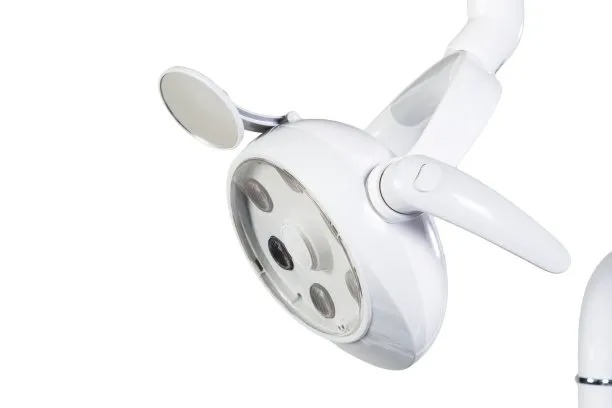The Comprehensive Guide to Extracting a Tooth Safely and Effectively for Improved Oral Health
Summary: Tooth extraction is a procedure that can significantly affect oral health. This comprehensive guide focuses on the safe and effective extraction of teeth, aiming to equip readers with vital knowledge for improved dental care. The article delves into the reasons for tooth extraction, the process involved, post-extraction care, and the importance of professional assistance. By understanding these facets, readers will gain insight into making informed decisions regarding their dental health. The ultimate goal is to empower individuals to navigate the extraction process with confidence, ensuring better oral hygiene and overall well-being.
1. Reasons for Tooth Extraction

Tooth extraction is commonly necessitated by various dental conditions that compromise oral health. One primary reason is the presence of severe tooth decay that cannot be remedied by restorative procedures. When a tooth is significantly damaged, extraction becomes the most viable solution to prevent further infection and alleviate pain.
Another reason that may lead to extraction is the development of periodontal disease, which causes the supporting tissues of the teeth to deteriorate. This condition can result in loose teeth and potential tooth loss if left untreated. In such cases, dentists may recommend extraction to maintain overall oral health.
Moreover, overcrowding in the mouth can also necessitate tooth extraction. When there is insufficient space in the dental arch to accommodate all teeth properly, the extraction of one or more teeth may be required to facilitate orthodontic treatment or to achieve a more aesthetically pleasing smile.
2. The Tooth Extraction Process Explained
The tooth extraction process typically begins with a thorough examination and diagnostic imaging, such as X-rays, to evaluate the condition of the tooth and surrounding structures. Based on the findings, the dentist will discuss the procedure, potential complications, and anesthesia options to ensure the patient is comfortable throughout the process.
Once the patient is prepared, the dentist will administer local anesthesia to numb the targeted area while ensuring the patient remains alert. For more complex extractions, sedation may be used to help patients relax. The actual extraction involves loosening the tooth from its socket, which may require the application of forceps and, in some cases, surgical intervention may be necessary.
After the tooth is successfully removed, the dentist will provide instructions for wound care and pain management to facilitate a smooth recovery process. The entire procedure can vary in duration, depending on the complexity, with most extractions taking less than an hour.
3. Post-Extraction Care Guidelines
Post-extraction care is crucial for promoting healing and preventing complications. Initially, patients should avoid disturbing the extraction site by refraining from rinsing their mouth, sucking on straws, or smoking for at least 24 hours. This practice helps prevent dislodging any blood clots that aid in healing.
Pain management is another important aspect of post-extraction care. Dentists often recommend over-the-counter pain relief medications, and in some cases, prescribed medications, to alleviate any discomfort. Applying an ice pack to the outside of the cheek can also help reduce swelling.
Furthermore, a soft diet is essential during the first few days post-extraction. Patients should consume liquids and soft foods while avoiding hot, spicy, or crunchy items that could irritate the extraction site. Staying hydrated and maintaining proper nutrition can significantly aid in the healing process.
4. Importance of Professional Assistance
Seeking professional assistance for tooth extraction is paramount. Dentists are trained to perform extractions safely and efficiently while minimizing the risk of complications. They can assess the condition of the tooth and surrounding structures accurately, ensuring that the appropriate technique is applied.
Moreover, emergencies may arise during or after tooth extraction, such as excessive bleeding or signs of infection. Having a qualified professional handle the extraction ensures that immediate intervention and appropriate care are available, which is crucial for the patients health.
In addition to the immediate procedural benefits, professional dentists also provide comprehensive follow-up care to monitor recovery and address any concerns that may arise. This ongoing support is vital to ensuring a successful healing process and maintaining optimal oral health long-term.
Summary:
In conclusion, understanding the reasons for tooth extraction, the extraction process, post-extraction care, and the significance of professional assistance is essential for informed decision-making regarding dental health. Following the guidelines in this comprehensive guide allows individuals to face tooth extractions confidently, improving their overall oral hygiene and health.
This article is compiled by Vickong Dental and the content is for reference only



